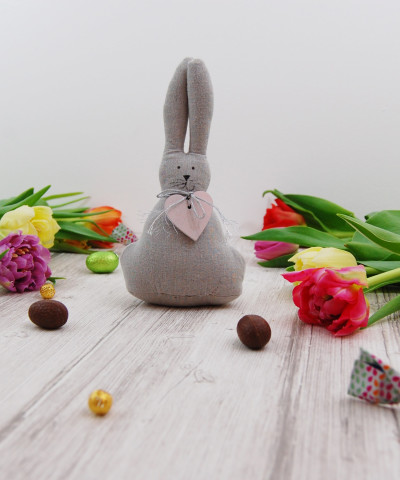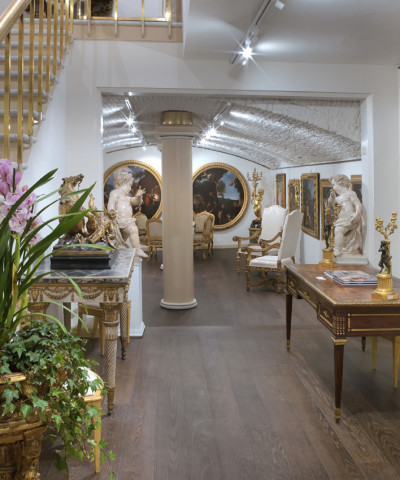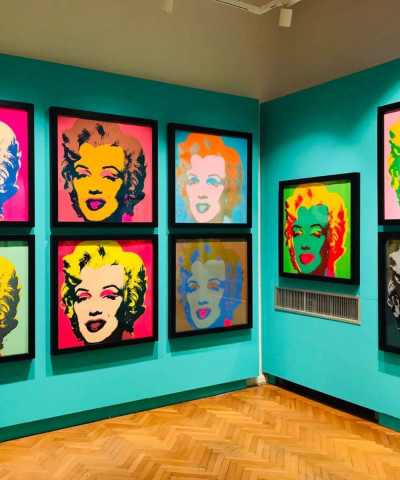The King’s palace
Places rarely open to the public are the sites of two exhibitions in Florence this winter
Two important exhibitions in Florence linked by a common denominator – parts of Palazzo Pitti, veritable treasure troves, open to the public only on rare occasions. We are talking about Firenze Capitale 1865-2015. I doni e le collezioni del Re (The Gifts and Collections of the King), until 3 April 2016 in the Gallery of Modern Art, and Il rigore e la grazia. La Compagnia di San Benedetto Bianco nel Seicento fiorentino (Rigour and Grace. The Society of San Benedetto Bianco in 17th century Florence), until 17 May 2016 in the Palatine Chapel and Museo degli Argenti. Rigour and Grace provides a dual privilege, as not only the container but also the content are rarely seen. The exhibition, a corpus of little-known works painted by major 17th century Florentine artists and painstakingly restored, will be on public display in the rooms adjacent to the Palatine Chapel in Palazzo Pitti.
The treasure on display comes almost entirely from the heritage of the Compagnia di San Benedetto Bianco , which was one of the most important and prestigious Florentine lay confraternities. Founded in the San Salvatore Camaldolese monastery in 1357, it moved to premises in the Dominican convent of Santa Maria Novella in 1383, coming under the spiritual influence of the Order of Preachers. It was initially housed in what is now the Great Cloister and in a permanent quarters built by Giorgio Vasari in the Old Cemetery in 1570, where it remained until Florence became capital of the Kingdom of Italy in the 19th century. The confraternity continued to function, first in a new oratory in Via degli Orti Oricellari and later in the parish church of Santa Lucia sul Prato, where it finally ceased to exist. A desire to embellish the confraternity’s oratory and seat prompted many members to donate paintings, sacred objects and vestments; in addition to which, the confraternity’s numbers included not only members of the Medici family, theologians, philosophers, men of letters and men of science, but also numerous artists.
As a unique opportunity to combine the principles of conservation and enhancement of Florence’s heritage, the Palatine Chapel has been opened for this exhibition. The chapel, commissioned by Grand Duke Pietro Leopoldo of the House of Lorraine, is still consecrated but rarely open to the public. Decorated with frescoes by painter Luigi Ademollo (1793), it houses an altar in pietre dure, which features a precious ivory crucifix by Balthasar Permoser. Open only on 6 January and Palm Sunday for mass, marriages and other religious functions may be held there with the Bishop’s permission.
The Gallery of Modern Art at Palazzo Pitti is celebrating the 150th anniversary of Florence as the former capital of Italy with an exhibition spotlighting the presence of the royal family in the Florentine palace, which in 1865 became the home of the Savoy family, the third largest reigning dynasty after that of the Medici and Lorena families. The Apartment of the Duchess of Aosta – so named because of Anne of France’s extended residence in the palace until 1946 – now part of the Gallery of Modern Art, forms the core of the exhibition, and almost all of its rooms have been reopened to the public for the occasion. On display are object of rare beauty, such as the monumental mirror by the Levera brothers in the Red Drawing Room, purchased by Vittorio Emanuele II at the 1861 National Exhibition. Leaving the Music Room and entering the Yellow Drawing Room, visitors encounter objects testifying to the king’s gentlemanly hobbies - his dogs, the hunt, his horses, and traces of such eminently male pastimes as smoking and gambling. A lover of unspoilt nature, he would repair to the sumptuous gardens of Villa La Petraia, from which some of the objects on display come, for respite from the daily cares of government and to cultivate his interests in science and botany.
Further along, are some of the women who shared the King’s life, Margherita of Savoy, his niece and daughter-in-law, and his own daughters, Maria Pia and Maria Clotilde. The objects on display include furnishings, fashionable items of clothing and domestic articles, and such fragile accessories as fans, parasols, bouquet holders or dance cards, as well as a small selection of period photographs. In the Valets’ Room is a gallery of portraits of some of the distinguished men and women who played a leading role in the political and cultural circles of the day. This wall is linked to the new display in Room 16 in the Gallery of Modern Art, which has been redesigned as an extension of the exhibition. The last section of the exhibition explores the members of the House of Savoy’s collection of Chinoiseries.


















